Introduction
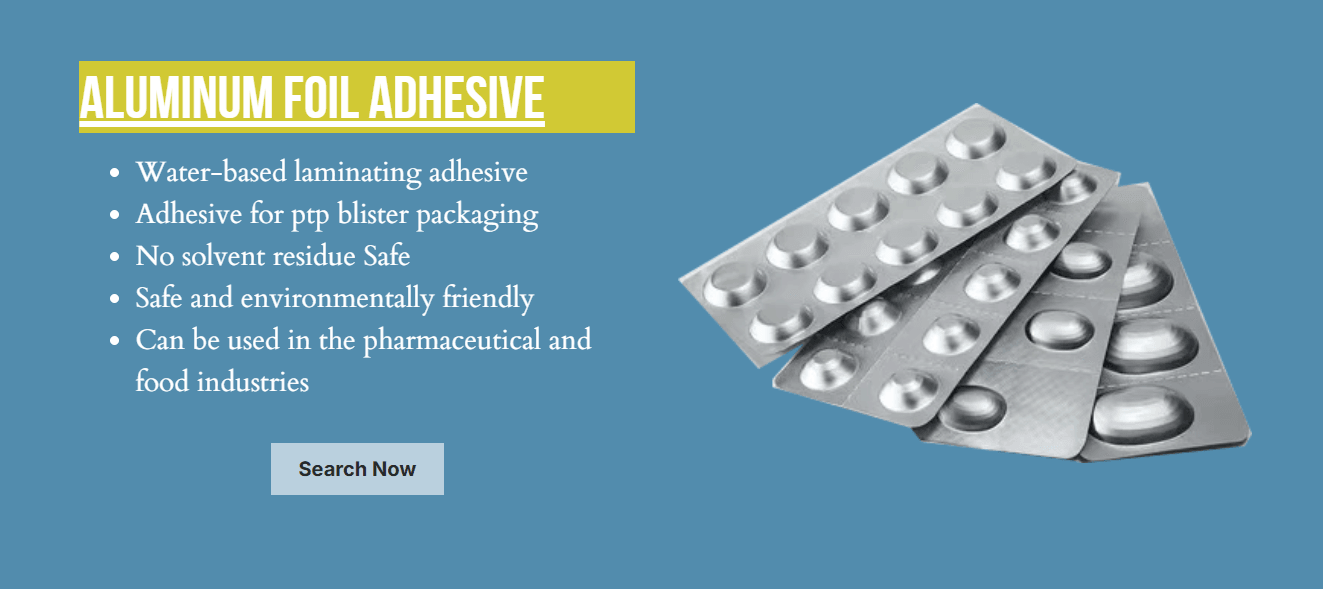
In the fast-paced world of pharmaceuticals, medical packaging plays a vital role in ensuring product integrity and safety. From blister packaging to sealable packaging solutions, the right materials and technologies are essential for maintaining the efficacy of medications. As trends evolve, innovations such as heat seal lacquer and advanced adhesive technologies are reshaping how we think about packaging in the healthcare sector.
The Importance of Medical Packaging
Medical packaging is more than just a protective layer; it is a crucial component that safeguards pharmaceuticals from contamination, degradation, and misuse. Effective blister packaging not only enhances shelf life but also provides ease of use for patients, making adherence to medication regimens simpler. Moreover, with rising concerns over product authenticity and safety, robust seal package solutions have become indispensable in combating counterfeit drugs.
Trends in Pharma Coatings
The pharmaceutical industry is witnessing significant shifts towards more efficient and sustainable coatings that enhance both performance and environmental responsibility. Heat sealable coatings are gaining traction due to their ability to create strong seals while minimizing waste during production processes. Additionally, advancements in aluminum packaging are enabling manufacturers to produce lighter yet durable containers that meet stringent regulatory standards while still being user-friendly.
Innovations in Adhesive Technologies
As we delve deeper into adhesive technologies, it becomes clear that innovation is driving improvements across multiple facets of medical packaging. Heat seal lacquer has emerged as a game-changer by providing exceptional bonding capabilities while remaining compliant with health regulations. Furthermore, smart adhesives are on the rise—these innovative solutions not only secure packages but also offer enhanced functionality like tamper evidence or moisture control for increased patient safety.
Understanding Adhesives for Medical Applications
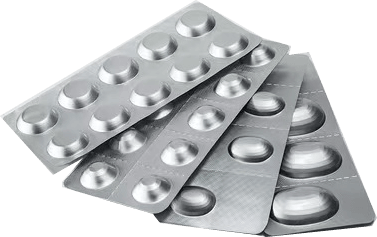
In the realm of medical packaging, adhesives play a crucial role in ensuring product integrity and safety. The right adhesive not only secures packaging but also enhances usability and compliance with stringent regulations. With various types of adhesives available, it's essential to understand their specific applications, especially in blister packaging and heat sealable solutions.
Types of Adhesives Used
When it comes to medical applications, several types of adhesives are commonly employed. These include pressure-sensitive adhesives, solvent-based adhesives, and the ever-popular heat seal lacquer. Each type has its unique properties; for instance, pressure-sensitive adhesives offer easy application and removal, while heat seal lacquers provide robust sealing capabilities that are vital in maintaining the sterility of products in aluminum packaging.
Understanding these different adhesive types is essential for selecting the right seal package for your needs. Heat sealable options are particularly favored for their ability to create strong bonds without compromising the integrity of the contents inside blister packaging. As a result, manufacturers often gravitate towards these advanced adhesive technologies to ensure quality and compliance.
Benefits of Heat Seal Lacquer
Heat seal lacquer stands out due to its exceptional sealing performance and versatility across various materials. This type of adhesive forms a strong bond when heated, making it ideal for use in heat sealable packaging applications such as blister packs or pouches that require airtight seals. The benefits extend beyond bonding; heat seal lacquers also enhance moisture resistance and protect against contamination.
Moreover, using heat seal lacquer can streamline production processes by reducing cycle times during manufacturing while maintaining high-quality standards. This efficiency is especially beneficial when dealing with large volumes typical in pharmaceutical production environments where time is money! Additionally, these lacquers contribute to better shelf-life stability by providing an effective barrier against external elements.
The Role of Aluminum Packaging
Aluminum packaging plays a significant role in modern medical applications due to its lightweight yet durable nature. When combined with heat sealable technologies like heat seal lacquer, aluminum offers excellent protection against moisture and light—two common culprits that can compromise product efficacy over time. This makes aluminum an ideal choice for pharmaceuticals that require extended shelf life.
Furthermore, aluminum's recyclability offers an eco-friendly edge that aligns well with today's sustainability goals within the industry. By utilizing aluminum packaging along with innovative sealing methods like heat seal lacquers, companies can reduce waste while still delivering high-quality products that meet regulatory standards effectively. This synergy between materials ensures both functionality and environmental responsibility—a win-win situation!
Blister Packaging: A Close Look
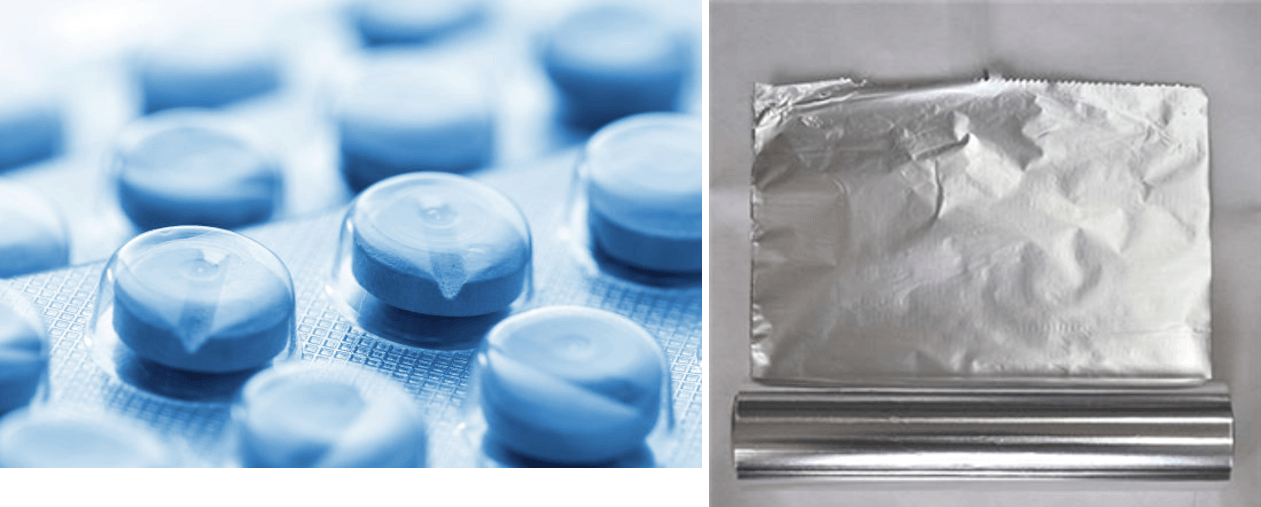
Blister packaging is a popular choice in the pharmaceutical industry, providing a reliable method for containing and protecting medications. This form of packaging typically consists of pre-formed plastic cavities or pockets that securely hold individual doses, often sealed with a backing material. The combination of blister packs and heat seal lacquer creates an effective barrier against moisture, light, and contamination, ensuring that the product remains safe and effective until it reaches the consumer.
What is Blister Packaging?
Blister packaging is designed to encase products in a clear plastic shell, allowing for visibility while maintaining protection from external factors. The process involves forming a cavity from materials like PVC or PET that holds the product securely in place. Heat sealable materials are then used to create an airtight seal over the blister pack, which helps preserve the integrity of pharmaceuticals.
Advantages of Heat Sealable Blister Packs
Heat sealable blister packs offer several advantages over traditional packaging methods. First and foremost, they provide enhanced protection against environmental factors such as moisture and oxygen—critical elements that can compromise medication efficacy. Additionally, heat seal lacquer ensures a strong bond between layers, creating tamper-evident seals that enhance product safety and consumer trust.
Another significant benefit is convenience; heat sealable blister packs allow for easy dispensing while minimizing waste through precise dosage delivery. This feature is especially important in settings where accurate medication administration is crucial. Moreover, the lightweight nature of aluminum packaging used in conjunction with blister packs can lead to reduced shipping costs—a win-win for manufacturers!
Key Materials for Effective Sealing
To achieve optimal performance in blister packaging, selecting the right materials for sealing is essential. Commonly used materials include polyvinyl chloride (PVC) and polyethylene terephthalate (PET), both known for their excellent barrier properties when combined with heat seal lacquer coatings. These coatings not only facilitate strong seals but also contribute to overall package aesthetics by allowing printing directly onto the surface.
Moreover, advanced formulations are now available that enhance adhesion properties without compromising flexibility or clarity—important factors when considering user experience during unboxing or usage of medications packaged within these blisters. As innovations continue to emerge in adhesive technologies and eco-friendly options gain traction, manufacturers must stay informed about material advancements to ensure their products meet industry standards while remaining competitive.
Sealable Packaging in the Pharma Industry
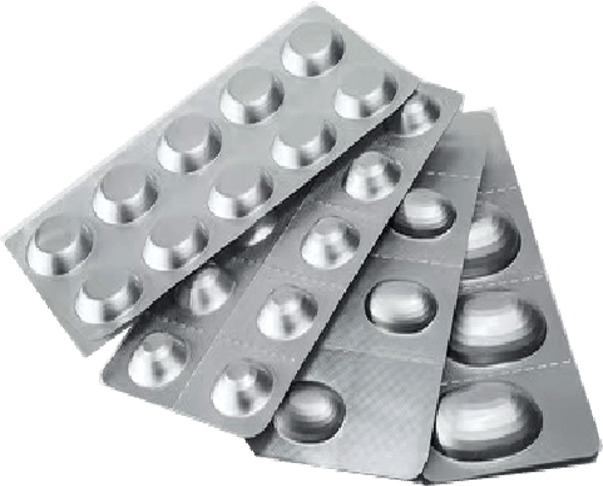
In the ever-evolving world of pharmaceuticals, sealable packaging plays a crucial role in ensuring product integrity and safety. This type of packaging not only protects medications from external elements but also enhances user convenience. With innovations like heat seal lacquer and blister packaging, the industry is moving towards more efficient solutions that meet both consumer demands and regulatory requirements.
Defining Seal Package Solutions
Sealable packaging solutions encompass a variety of methods designed to secure products within protective materials, ensuring they remain uncontaminated until use. At the heart of these solutions are technologies like heat sealable films that create airtight seals, preventing moisture and other contaminants from entering. Additionally, aluminum packaging serves as an excellent barrier against light and oxygen, making it a popular choice for pharmaceuticals requiring extended shelf life.
Exploring Heat Seal Packaging Options
When it comes to heat seal packaging options, there's no shortage of choices tailored to specific pharmaceutical needs. Heat seal lacquer plays a pivotal role in this process by providing an effective bonding layer between different materials used in blister packaging and other forms of sealable packages. These options not only enhance product protection but also contribute to user-friendliness through easy-opening features without compromising on security.
Meeting Regulatory Standards with Sealable Packaging
Meeting regulatory standards is paramount in the pharma industry, especially when it comes to sealable packaging solutions. Manufacturers must ensure that their heat sealable packages comply with stringent guidelines set forth by health authorities worldwide. By utilizing advanced materials like aluminum packaging combined with innovative heat seal lacquers, companies can create reliable products that meet or exceed these regulatory expectations while maintaining optimal performance.
Eco-Friendly Coatings in Medical Packaging
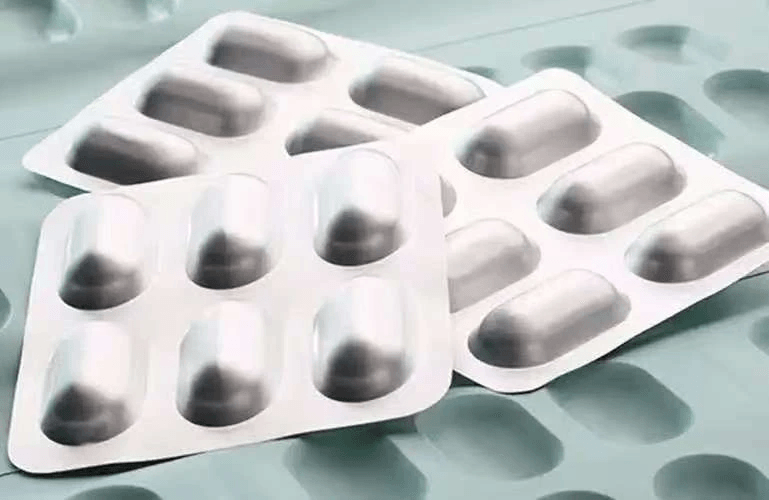
In the ever-evolving world of medical packaging, the demand for eco-friendly materials is gaining momentum. Sustainable materials not only help reduce environmental impact but also align with regulatory trends favoring greener solutions. As manufacturers explore alternatives, the shift towards eco-friendly coatings is becoming increasingly important in maintaining product integrity while minimizing ecological footprints.
The Case for Sustainable Materials
Sustainable materials are becoming a priority in the pharmaceutical industry, especially with rising consumer awareness and regulatory pressures. Traditional packaging often relies on non-biodegradable substances that contribute to waste and pollution, making it imperative to seek alternatives like biodegradable or recyclable options. By adopting sustainable materials for heat seal packaging, companies can enhance their brand image while contributing positively to the environment.
Moreover, sustainable packaging solutions can be as effective as conventional options in protecting products like blister packaging from external elements. For instance, heat seal lacquer applied to these sustainable materials ensures strong seals without compromising product safety or efficacy. This balance between performance and sustainability is crucial in creating a more responsible approach to medical packaging.
Chemix's Water-Based Resin Solution
Chemix has taken significant strides in developing water-based resin solutions that are both effective and environmentally friendly. Their innovative approach focuses on creating heat seal lacquers that meet stringent performance standards while using less harmful chemicals compared to traditional solvent-based adhesives. This breakthrough allows manufacturers to produce sealable packaging that not only adheres well but also aligns with eco-conscious values.
The incorporation of water-based resins into aluminum packaging enhances its functionality without sacrificing environmental integrity. These resins provide excellent bonding capabilities essential for heat sealable applications like blister packs, ensuring products remain secure during transit and storage. Chemix's commitment to sustainability positions them as a leader in providing eco-friendly adhesive technologies within the medical sector.
Environmental Benefits of Water-Based Coatings
Water-based coatings offer numerous environmental benefits over their solvent-based counterparts, making them an attractive option for modern medical packaging needs. One of the primary advantages is reduced volatile organic compounds (VOCs) emissions during production and application processes, which contributes significantly to improved air quality and lower health risks for workers and consumers alike.
Additionally, these coatings often require less energy during application due to their lower curing temperatures compared to traditional methods used with aluminum packaging or other substrates designed for heat sealable applications. The result is not only a more efficient production process but also a decreased carbon footprint associated with manufacturing activities.
In summary, embracing water-based coatings within medical packaging represents a forward-thinking approach that balances functionality with sustainability goals—an essential step toward a greener future in healthcare logistics.
Innovations in Adhesive Technologies
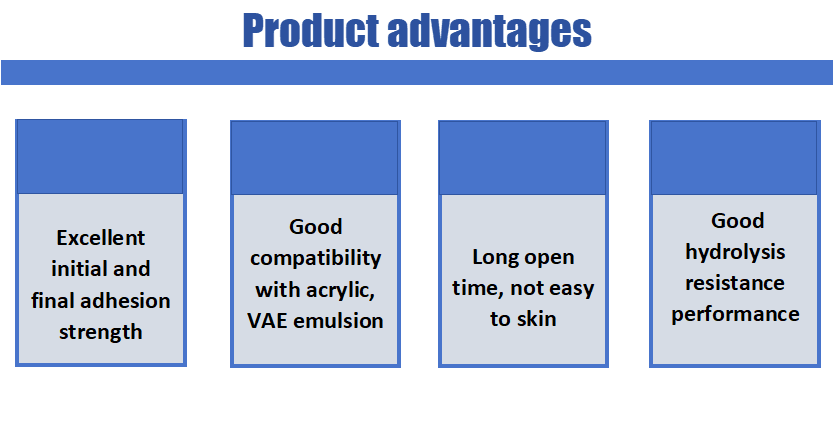
The world of adhesive technologies in medical packaging is undergoing a significant transformation, driven by the need for enhanced performance and sustainability. Innovations in heat seal lacquer and smart adhesives are paving the way for more efficient, reliable, and eco-friendly solutions. As we explore these advancements, it becomes clear that the future of sealable packaging is bright and promising.
Advances in Heat Seal Lacquer
Heat seal lacquer has come a long way from its humble beginnings, evolving into a sophisticated solution that meets the demands of modern medical packaging. Recent advancements have improved its adhesion properties, enabling stronger bonds between blister packaging materials while maintaining integrity during storage and transportation. This ensures that products remain safe and effective until they reach the end user, reducing waste associated with compromised packages.
Moreover, manufacturers are increasingly focusing on developing heat seal lacquers that are compatible with various substrates, including aluminum packaging. This versatility allows for greater flexibility in designing seal package solutions tailored to specific product requirements. As a result, companies can optimize their production processes while ensuring compliance with stringent regulatory standards.
Smart Adhesives for Enhanced Functionality
The rise of smart adhesives marks a new chapter in adhesive technology for medical applications. These innovative solutions not only provide strong adhesion but also incorporate features such as moisture resistance and temperature sensitivity to enhance overall functionality. For instance, some smart adhesives can change properties based on environmental conditions, making them ideal for dynamic applications within heat seal packaging.
Additionally, these advanced adhesives can improve patient safety by offering tamper-evident seals or indicators that signal if a package has been compromised. This added layer of security is particularly crucial in pharmaceuticals where product integrity directly impacts patient health outcomes. With the integration of smart technology into adhesive formulations, manufacturers can create more reliable and effective sealable packaging options.
Future Trends in Medical Packaging Adhesives
Looking ahead, several trends are poised to shape the future of medical packaging adhesives significantly. The demand for sustainable materials is driving innovation towards bio-based adhesives that maintain performance while minimizing environmental impact—perfectly aligning with eco-friendly initiatives across industries. Moreover, advancements in nanotechnology may lead to even more sophisticated formulations that enhance the properties of heat seal lacquers without compromising safety or effectiveness.
Another trend includes increased customization options for heat sealable products tailored to specific pharmaceutical applications; this could involve developing specialized coatings designed to work seamlessly with unique blister packaging configurations or varying temperatures during transport and storage conditions. Additionally, continuous research efforts will likely yield new insights into optimizing adhesive performance under diverse conditions—ensuring reliability across all types of seal package solutions.
In summary, innovations within adhesive technologies promise not only enhanced functionality but also improved sustainability within medical packaging sectors—creating exciting opportunities for manufacturers looking to stay ahead of market demands.
Conclusion
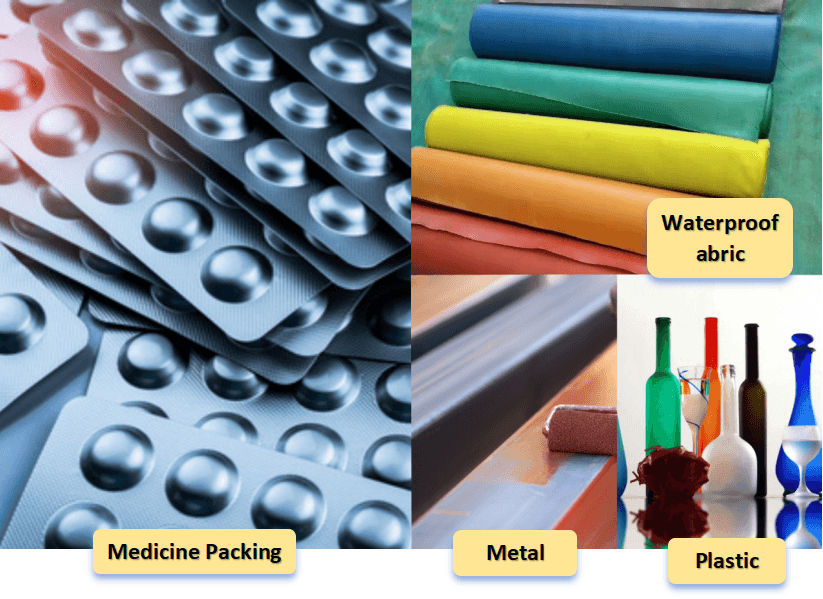
In the rapidly evolving landscape of medical packaging, the future holds exciting possibilities for innovation and sustainability. As we look ahead, advancements in heat seal lacquer and blister packaging will play a crucial role in ensuring product safety and efficacy. The integration of smart technologies into sealable packaging will not only enhance functionality but also meet the growing demands of regulatory compliance.
The Future of Medical Packaging
The future of medical packaging is poised for transformation, driven by cutting-edge materials and techniques such as heat sealable options that ensure optimal performance. Innovations in aluminum packaging are set to redefine how products are preserved while maintaining stringent safety standards. With an increasing focus on patient-centric designs, the industry will likely see a surge in demand for user-friendly blister packaging that enhances accessibility without compromising quality.
Balancing Performance and Sustainability
Finding harmony between performance and sustainability is essential for the medical packaging industry moving forward. The adoption of eco-friendly coatings, like those utilizing heat seal lacquer technology, offers a pathway to reduce environmental impact while maintaining high-performance standards. As companies strive to meet consumer expectations for greener solutions, embracing sustainable practices within seal package development will become increasingly vital.
Choosing the Right Adhesives and Coatings
Selecting the appropriate adhesives and coatings is paramount to achieving effective heat seal packaging solutions that cater to diverse medical applications. It's essential to consider factors such as compatibility with blister packaging materials and overall product integrity when making choices about adhesive technologies. By prioritizing innovations like water-based adhesives alongside traditional options, manufacturers can ensure they are well-equipped for both current needs and future challenges.
